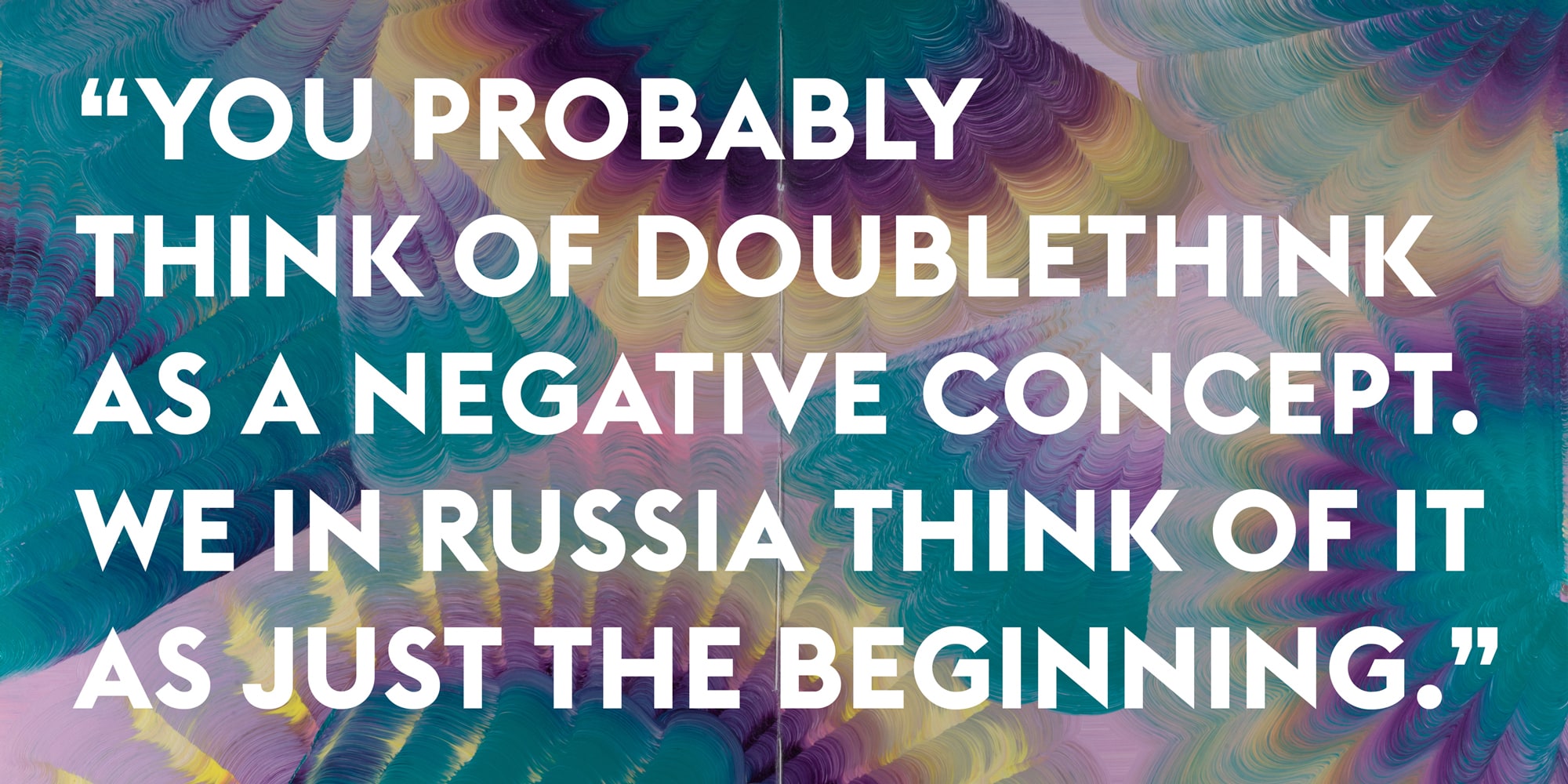Paula Gaetano Adi, 2020
15’
The video essay Robocaliptic Manifesto: techno-politics for liberation is an urgent call to endorse a robot ‘general strike’ that will overthrow the instrumental definition of both technology and humans, while disowning the ‘white man’ as the measure for the definition of humanity. The visual manifesto asserts the importance of unlearning the imperialisms performed by modern robotic and AI technologies that reinforce the racial and colonial logic that maintain social hierarchies and inequality, while upholding the techno-liberal project that promises revolutionary liberation from labour exploitation.
Fusing archival and found-footage material, animation, composite imagery and first-person voiceover, the film is divided into three acts: (I) Robots on Strike: Robocalypses Reenacted; (II) Robots Beyond Instrumentality: Humanity Reconquered, and (III) Robots in the Pluriverse: Animism Reloaded. All three acts touch on the central political challenges and aesthetic needs of our time –the decolonisation of the machine and an act of radical imagination that can reclaim pre-colonial ontologies, epistemologies and the technologies of non-destructive modes of life.

Our institutions have been stuck on linear Neo-Platonic tracks for 24 centuries. These antiquated processes of deduction have lost their authority. Just like art it has fallen off its pedestal. Legal, educational and constitutional systems rigidly subscribe to these; they are 100% text based.
Tuesday - Saturday 10:00 - 19:00
Friday 10:00 - 22:00
Sunday 12:00 - 18:00
The museum is closed on Mondays.
On Wednesdays, the students can
visit the museum free of admission.
Full ticket: 300 TL
Discounted: 150 TL
Groups: 200 TL (minimum 10 people)